Home>Renovation & DIY>Tools & Equipment>How Do You Know What Size Screwdriver To Use
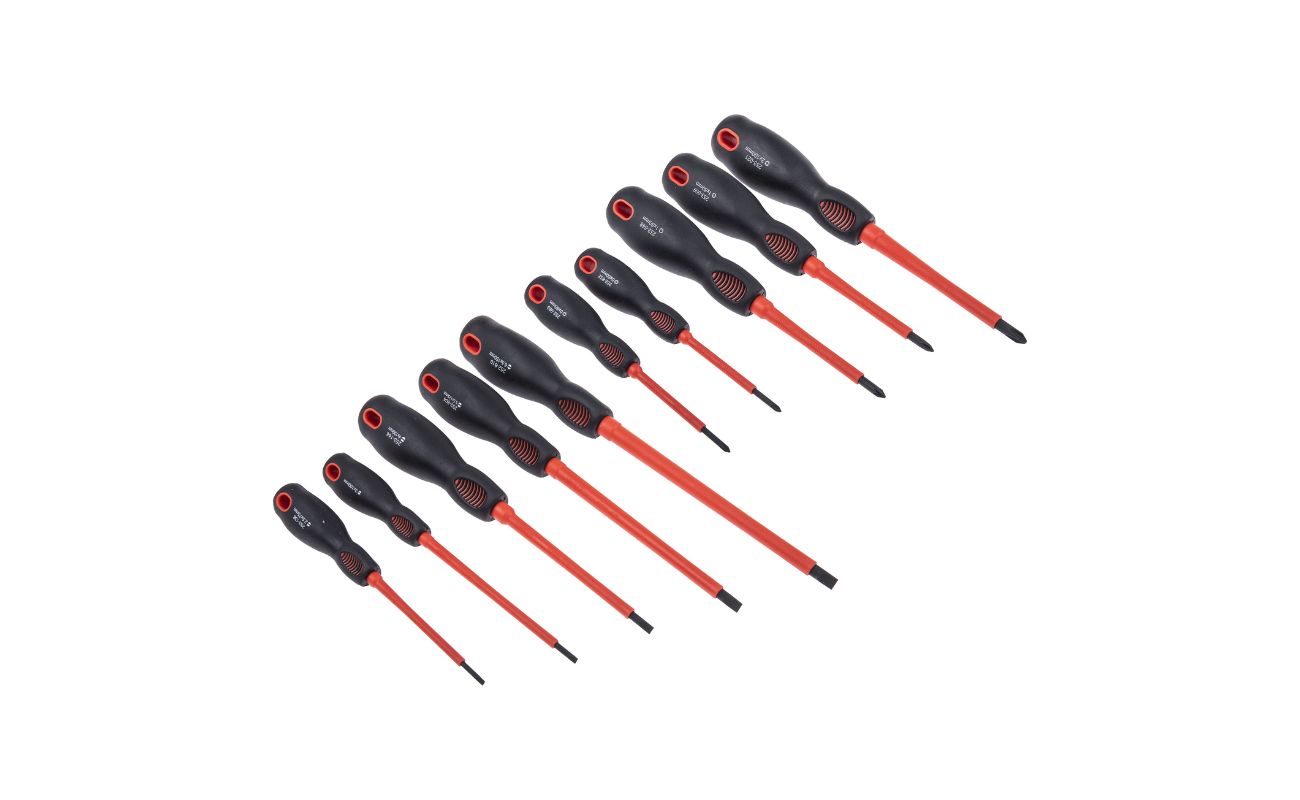

Tools & Equipment
How Do You Know What Size Screwdriver To Use
Modified: January 9, 2024
Discover how to determine the appropriate screwdriver size for any project with our comprehensive guide on tools and equipment.
(Many of the links in this article redirect to a specific reviewed product. Your purchase of these products through affiliate links helps to generate commission for Storables.com, at no extra cost. Learn more)
Introduction
When it comes to tackling DIY projects or even simple household repairs, having the right tools is essential. One tool that often proves to be indispensable is the screwdriver. Whether you want to tighten a loose screw, assemble furniture, or dismantle an electronic device, a screwdriver is a must-have tool in every toolbox.
However, not all screwdrivers are created equal. They come in various sizes, shapes, and types, each designed to fit specific screw heads. Using the wrong size screwdriver can lead to frustration, damaged screws, and even accidents. To ensure a successful and hassle-free experience, it’s crucial to know how to determine the correct size screwdriver to use for any given task.
In this article, we will delve into the importance of using the correct size screwdriver, explore the different types of screwdriver heads, learn how to measure screwdriver sizes accurately, and finally, how to select the right screwdriver size for various screw types.
Key Takeaways:
- Using the correct size screwdriver is crucial to prevent damage to screws and surrounding materials, improve efficiency, and ensure personal safety during DIY projects and repairs.
- Understanding the different screwdriver head types, methods for determining the correct size, and matching the size to screw types is essential for successful and hassle-free completion of tasks.
Read more: What Size Joists Do You Use For Decking?
Importance of Using the Correct Size Screwdriver
Using the correct size screwdriver is essential for several reasons. Firstly, it ensures a proper fit between the screwdriver and screw head, minimizing the risk of slipping or stripping the screw. A stripped screw head can be extremely difficult to remove and may require more extensive repairs or replacements, leading to additional time and money spent.
Secondly, using the correct size screwdriver improves overall efficiency. A screwdriver that fits properly into the screw head will allow for effortless turning and increased torque. This not only speeds up the task at hand but also reduces the risk of injury caused by using excessive force.
Lastly, using the wrong size screwdriver can lead to damage to the screw head itself. If a screwdriver is too small or too large for the screw head, it can result in scratches, dents, or deformation of the screw head. This not only affects the appearance but also compromises the functionality and integrity of the screw. In some cases, a damaged screw head may prevent the screw from being tightened or loosened properly.
Different Types of Screwdriver Heads
Screwdrivers come in a variety of head types, each suited for specific screw designs. The most common screwdriver head types include:
- Flathead/Slotted: This is the traditional screwdriver head with a single flat blade and a straight slot. It is commonly used for simple household screws.
- Phillips: The Phillips head screwdriver has a cross-shaped tip and is designed for Phillips screws, which have a corresponding cross-shaped slot. It is widely used in electronics and appliance assembly.
- Torx: The Torx head screwdriver has a star-shaped tip and is used with Torx screws, which have a six-pointed star-shaped slot. These screws are frequently found in automotive and computer applications.
- Hex: The hex head screwdriver is used with hexagonal-shaped screws, also known as Allen screws. This type is commonly used in furniture assembly and machinery.
Determining the Correct Screwdriver Size
There are several methods to determine the correct screwdriver size. The most reliable method is to refer to the screw manufacturer’s specifications or the product manual. This will indicate the appropriate screwdriver size to use with the specific screw.
If the specifications are not available, you can visually match the screw head with the corresponding screwdriver head. Ensure that the slots or points of the screwdriver head perfectly align with the slots or points of the screw head.
Additionally, you can experiment by using different screwdriver sizes to find the one that fits snugly into the screw head without any wobbling or slipping.
Key Takeaways:
- Using the correct size screwdriver is crucial to prevent damage to screws and surrounding materials, improve efficiency, and ensure personal safety during DIY projects and repairs.
- Understanding the different screwdriver head types, methods for determining the correct size, and matching the size to screw types is essential for successful and hassle-free completion of tasks.
Read more: What Size Joists Do You Use For Decking?
Importance of Using the Correct Size Screwdriver
Using the correct size screwdriver is essential for several reasons. Firstly, it ensures a proper fit between the screwdriver and screw head, minimizing the risk of slipping or stripping the screw. A stripped screw head can be extremely difficult to remove and may require more extensive repairs or replacements, leading to additional time and money spent.
Secondly, using the correct size screwdriver improves overall efficiency. A screwdriver that fits properly into the screw head will allow for effortless turning and increased torque. This not only speeds up the task at hand but also reduces the risk of injury caused by using excessive force.
Furthermore, using the wrong size screwdriver can lead to damage to the screw head itself. If a screwdriver is too small or too large for the screw head, it can result in scratches, dents, or deformation of the screw head. This not only affects the appearance but also compromises the functionality and integrity of the screw. In some cases, a damaged screw head may prevent the screw from being tightened or loosened properly.
In addition to the potential damage to the screw and the inconvenience it may cause, using the wrong size screwdriver can also result in personal injury. When a screwdriver does not securely fit into the screw head, it is more likely to slip out during use. This can lead to accidental injuries such as cuts, bruises, or even more severe wounds if the user loses control of the tool.
Moreover, using the incorrect size screwdriver can also impact the surrounding materials. For example, when working with delicate or fragile materials, such as electronic devices or fine furniture, using a screwdriver that is too large can cause damage to the surrounding surface. This can be especially troublesome if the project involves visible areas or expensive materials.
On the other hand, using a screwdriver that is too small for the screw head can lead to frustration and inefficiency. It may result in a loose connection, causing the screw to come undone over time. This can be problematic for critical applications where stability and security are essential.
In summary, using the correct size screwdriver is crucial for maintaining the integrity of the screw, preventing damage to surrounding materials, and ensuring personal safety. It improves efficiency, reduces the risk of stripped screws, and minimizes the chances of accidents during use. By investing in a variety of screwdrivers in different sizes and types, you can ensure that you always have the right tool for the job and make your DIY projects smooth and successful.
Different Types of Screwdriver Heads
Screwdrivers come in a variety of head types, each suited for specific screw designs. Understanding the different types of screwdriver heads is essential for selecting the right tool for your project. Here are some of the most common screwdriver head types:
- Flathead/Slotted: This is the traditional screwdriver head with a single flat blade and a straight slot. It is commonly used for simple household screws. The flathead screwdriver is versatile and widely available, making it a staple in most toolkits. However, it requires careful alignment during use to prevent slipping or stripping of the screw head.
- Phillips: The Phillips head screwdriver has a cross-shaped tip and is designed for Phillips screws, which have a corresponding cross-shaped slot. The Phillips head is self-centering, allowing for efficient torque transfer. It resists cam-out, which occurs when excessive force causes the screwdriver to slip out of the screw head, minimizing the risk of damaging the screw or surrounding materials. The Phillips head screwdriver is commonly used in electronics, appliances, and other applications.
- Torx: The Torx head screwdriver has a star-shaped tip and is used with Torx screws, which have a six-pointed star-shaped slot. This design provides better torque transfer, reducing the likelihood of stripping the screw head. Torx screws are commonly found in automotive, machinery, and computer applications. They offer increased durability and are less prone to damage compared to Phillips or flathead screws.
- Hex: The hex head screwdriver is used with hexagonal-shaped screws, also known as Allen screws. These screws have a hexagonal socket that matches the hex head screwdriver. Hex screws are often found in furniture assembly, machinery, and automotive applications. The hex head screwdriver provides a secure grip and allows for precise control during tightening or loosening.
- Robertson: The Robertson head screwdriver, also known as a square drive screwdriver, has a square-shaped tip. Robertson screws have a square slot that corresponds to the square tip of the screwdriver. The Robertson head screwdriver provides excellent torque transfer and minimizes cam-out. It is popular in construction, furniture, and woodworking industries, primarily in North America.
There are also specialized screwdriver heads designed for specific applications. These include security screw heads, such as the spanner, tri-wing, and winged tamper-proof heads, which require special screwdriver bits for their removal. Additionally, some screwdriver sets come with interchangeable bits that allow for the use of multiple head types with a single handle, providing versatility and convenience.
It is important to have a variety of screwdrivers with different head types in your toolbox to ensure that you can handle any screw type you encounter. This will eliminate the frustration of not having the right tool and ensure that you can complete your projects efficiently and effectively.
Determining the Correct Screwdriver Size
Knowing how to determine the correct screwdriver size is vital to ensure that you have the right tool for the job. Here are a few methods to help you determine the correct screwdriver size:
1. Manufacturer’s Specifications: One of the most reliable ways to find the correct screwdriver size is by referring to the screw manufacturer’s specifications or the product manual. These documents typically provide information on the required screwdriver size for a specific screw. By following the manufacturer’s guidelines, you can ensure a proper fit and avoid potential issues.
2. Visual Comparison: If you don’t have access to the manufacturer’s specifications, you can visually compare the screw head to the available screwdriver heads. Look for a screwdriver head that matches the shape and size of the screw head slots or points. Ensure that the screwdriver head fits snugly into the screw head without any significant gaps or overhang.
3. Trial and Error: Another method is to use trial and error. If you have a set of screwdrivers with various sizes, start with a screwdriver that appears to be a good fit and attempt to turn the screw. If it feels loose, try a larger-sized screwdriver. Conversely, if it doesn’t fit or feels too tight, opt for a smaller-sized screwdriver. Through trial and error, you can find the screwdriver size that provides a secure and snug fit.
4. Measuring the Screw Head: In some cases, you may need to measure the screw head to determine the correct screwdriver size. To do this, use a precision measuring tool, such as a caliper or measuring tape, to measure the width of the screw head slot or diameter of the screw head. Once you have the measurements, compare them to the available screwdriver sizes and choose the closest fit.
5. Consulting Screwdriver Size Charts: There are also online resources and screwdriver size charts available that provide guidance on the appropriate screwdriver size for different screw types. These resources can be helpful when you need to quickly identify the correct screwdriver size for a particular screw head.
Remember, accuracy is key when determining the correct screwdriver size. Using the wrong size can result in damage to both the screw and the surrounding materials. It can also lead to frustration, reduced efficiency, and potential safety hazards. By employing the methods mentioned above, you can ensure that you select the right screwdriver size for any given project, making your DIY tasks more successful and enjoyable.
Measuring Screwdriver Sizes
Measuring screwdriver sizes accurately is crucial to ensure that you have the right tool for the job. While visual comparison and trial and error can be effective methods, there may be instances where you need to measure the screwdriver size precisely. Here are a few methods to help you measure screwdriver sizes:
1. Blade Width: One method to measure a screwdriver size is by measuring the width of the blade. Use a precision measuring tool, such as a caliper or a ruler with millimeter markings, to measure the width of the screwdriver blade. Make sure to measure the widest part of the blade, excluding any handle or shaft. The measured width will give you an idea of the screwdriver size, but keep in mind that this method may not be accurate for screw heads that are not flat-bladed.
2. Shaft Diameter: Some screwdrivers have a tapered or cylindrical shaft with a consistent diameter. To measure the screwdriver size using the shaft diameter, measure the widest part of the shaft using a caliper or ruler. Remember to exclude any handle or grip in your measurement. The measured diameter will help determine the screwdriver size needed for screws with cylindrical or round-head slots.
3. Length: While length is not always an accurate indicator of the screwdriver size, it can give you a general idea. Longer screwdrivers are typically used for larger screws, while smaller screwdrivers are used for smaller screws. However, it’s important to note that length alone does not guarantee a proper fit with the screw head.
4. Manufacturer’s Markings: Some screwdrivers may have size markings on the handle or shaft. These markings typically indicate the screwdriver size or provide reference numbers that can guide you in selecting the correct size. Check the screwdriver handle or shaft for any engraved or stamped size markings.
5. Screwdriver Size Conversion Charts: In some cases, you may come across screwdriver sizes specified in different measuring systems, such as metric or fractional. If you need to convert between these systems, refer to screwdriver size conversion charts available online or in reference manuals. These charts provide conversions between different screwdriver size measurements, aiding you in selecting the appropriate screwdriver size for your needs.
While measuring screwdriver sizes can be helpful, it’s important to remember that it may not always be necessary. Visual comparison and trial and error methods may be sufficient in most cases. If you’re unsure about the screwdriver size, it’s best to consult the manufacturer’s specifications or seek advice from a knowledgeable professional.
By accurately measuring screwdriver sizes, you can ensure a proper fit and avoid damage to screws and surrounding materials, enhancing the efficiency and success of your DIY projects.
Matching Screwdriver Size to Screw Type
Matching the correct screwdriver size to the screw type is essential for successful and efficient completion of any project. Using the wrong size screwdriver can lead to damage to the screw and surrounding materials, as well as frustration and potential safety hazards. Here are some guidelines to help you match the screwdriver size to the screw type:
1. Flathead/Slotted Screws: Flathead screws have a single slot in the head and require a flathead or slotted screwdriver. The width of the screwdriver blade should match the slot width of the screw head. It’s important to choose a screwdriver that fits the slot snugly to prevent slipping or stripping the screw head.
2. Phillips Screws: Phillips screws have a cross-shaped slot in the head and require a Phillips screwdriver. The size of the Phillips screwdriver is indicated by a number, usually ranging from #0 to #4. The higher the number, the larger the screwdriver size. Match the size of the Phillips screwdriver to the corresponding number indicated on the screw or consult the manufacturer’s specifications.
3. Torx Screws: Torx screws have a six-pointed star-shaped slot and require a Torx screwdriver. The size of the Torx screwdriver is denoted by a number or letter, such as T5 or T20. The higher the number or letter, the larger the Torx screwdriver size. Select the Torx screwdriver size that matches the screw head slot for a secure fit and proper torque transfer.
4. Hex Screws: Hex screws, also known as Allen screws, have a hexagonal-shaped slot and require a hex screwdriver or Allen wrench. The size of the hex screwdriver or wrench should match the size of the hexagonal slot. Hex screws come in a range of sizes, such as 2mm, 3mm, or larger, so choose the appropriate size tool for a proper fit.
5. Robertson Screws: Robertson screws, also known as square drive screws, have a square-shaped slot and require a Robertson screwdriver. The size of the Robertson screwdriver is denoted by a number, such as #0, #1, or #2. Match the size of the Robertson screwdriver to the corresponding number indicated on the screw head or consult the manufacturer’s specifications.
Remember, these are just a few examples of different screw types and corresponding screwdriver sizes. There are many other types of screws and specialized screw heads that may require specific screwdriver sizes or types. When in doubt, always refer to the manufacturer’s specifications, product manual, or seek advice from professionals.
By matching the screwdriver size to the screw type accurately, you can ensure a secure fit, prevent damage, and achieve optimal torque transfer. This will result in successful and efficient completion of your projects with minimal hassle and frustration.
Read more: What Can You Use Instead Of A Screwdriver
Conclusion
Choosing the correct size screwdriver is crucial for any DIY project or repair job. Using the right size ensures a proper fit, minimizes the risk of damage to screws and surrounding materials, and improves overall efficiency. By understanding the different types of screwdriver heads, learning how to determine the correct screwdriver size, and matching the screwdriver size to the screw type, you can complete your tasks with ease and success.
It is important to refer to the manufacturer’s specifications or product manuals to find the appropriate screwdriver size whenever possible. Visual comparison, trial and error methods, and measuring the screw head can also help you determine the correct size. Additionally, screwdriver size conversion charts and consulting professionals can provide further guidance.
Using the wrong size screwdriver can result in stripped screws, damaged screw heads, and potentially dangerous situations. It can lead to frustration, wasted time, and extra expenses. By investing in a variety of screwdrivers with different head types and sizes, you can ensure that you have the right tool for any screw type you encounter.
Remember to handle your screwdrivers and screws with care, ensuring a secure fit and using appropriate force. Always prioritize your safety by using eye protection and maintaining a stable work surface.
In conclusion, understanding the importance of using the correct size screwdriver, familiarizing yourself with the different screwdriver heads, and knowing how to determine the screwdriver size for each job can greatly improve your DIY experiences. By selecting the right tool, you can confidently tackle projects, tighten screws securely, and achieve professional results.
So, make sure to have a comprehensive set of screwdrivers in your toolbox, keeping them organized and readily available for your next endeavor. With the right tools and knowledge, you’ll be well-equipped to handle a wide range of tasks, from simple repairs to complex construction projects.
Frequently Asked Questions about How Do You Know What Size Screwdriver To Use
Was this page helpful?
At Storables.com, we guarantee accurate and reliable information. Our content, validated by Expert Board Contributors, is crafted following stringent Editorial Policies. We're committed to providing you with well-researched, expert-backed insights for all your informational needs.

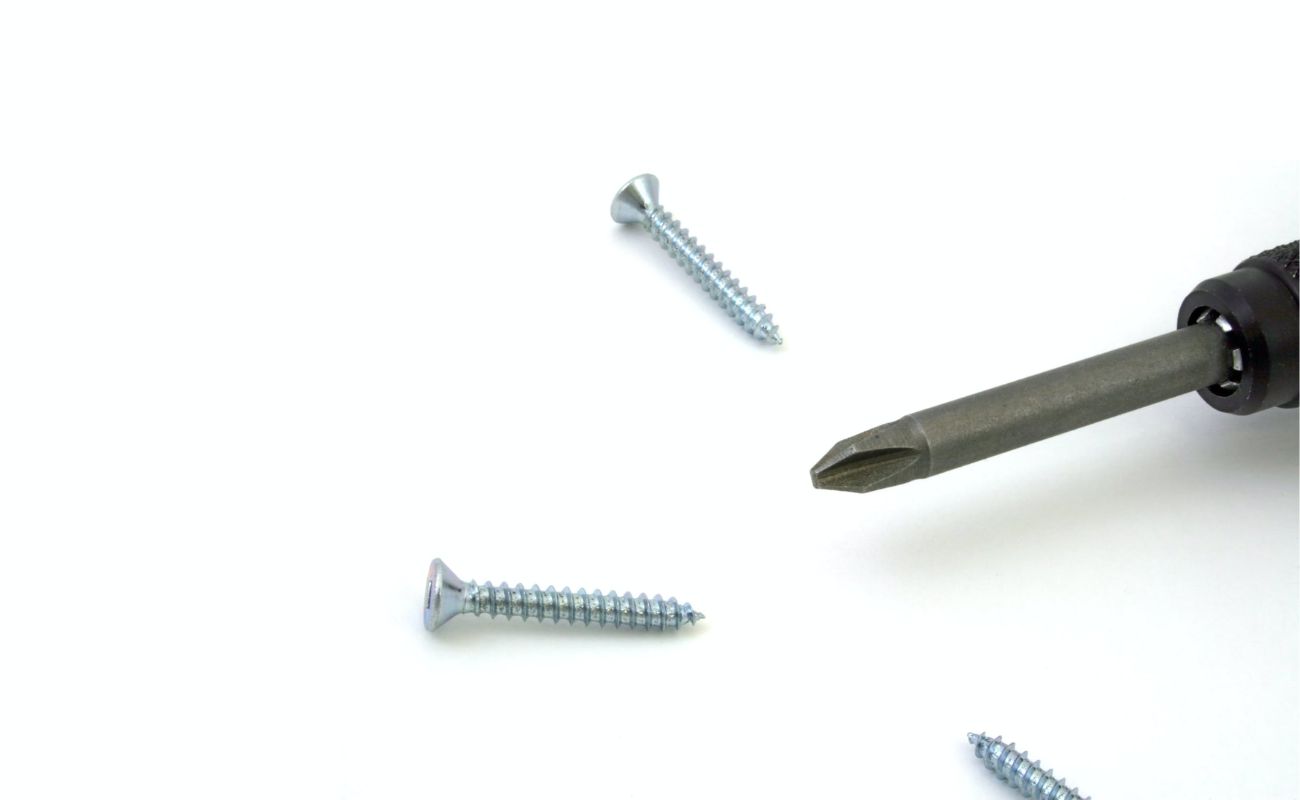
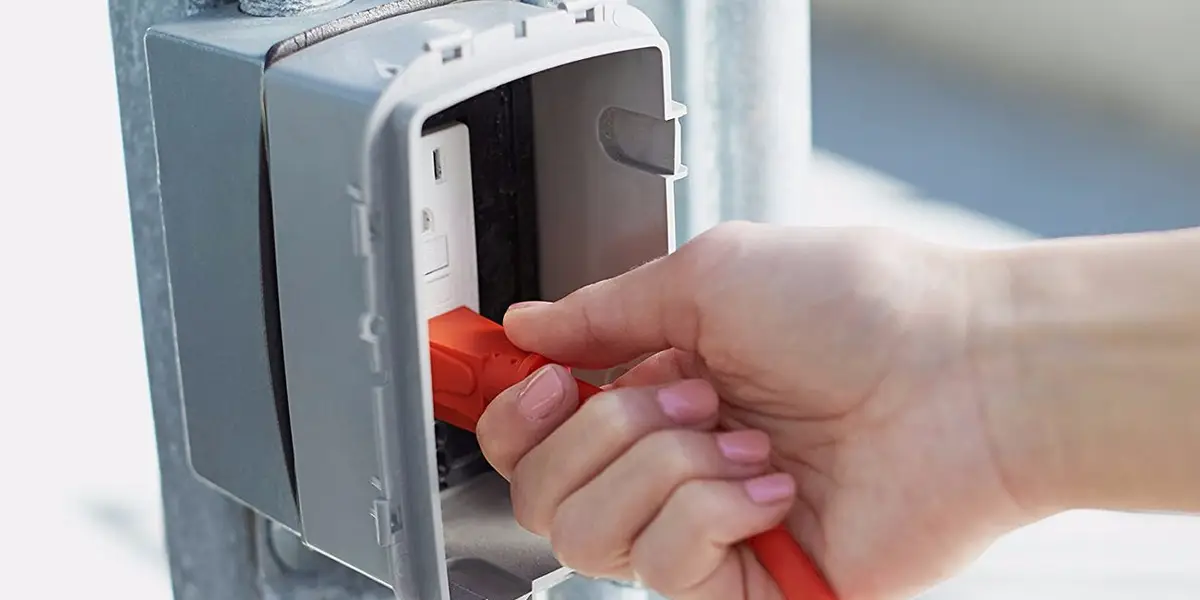
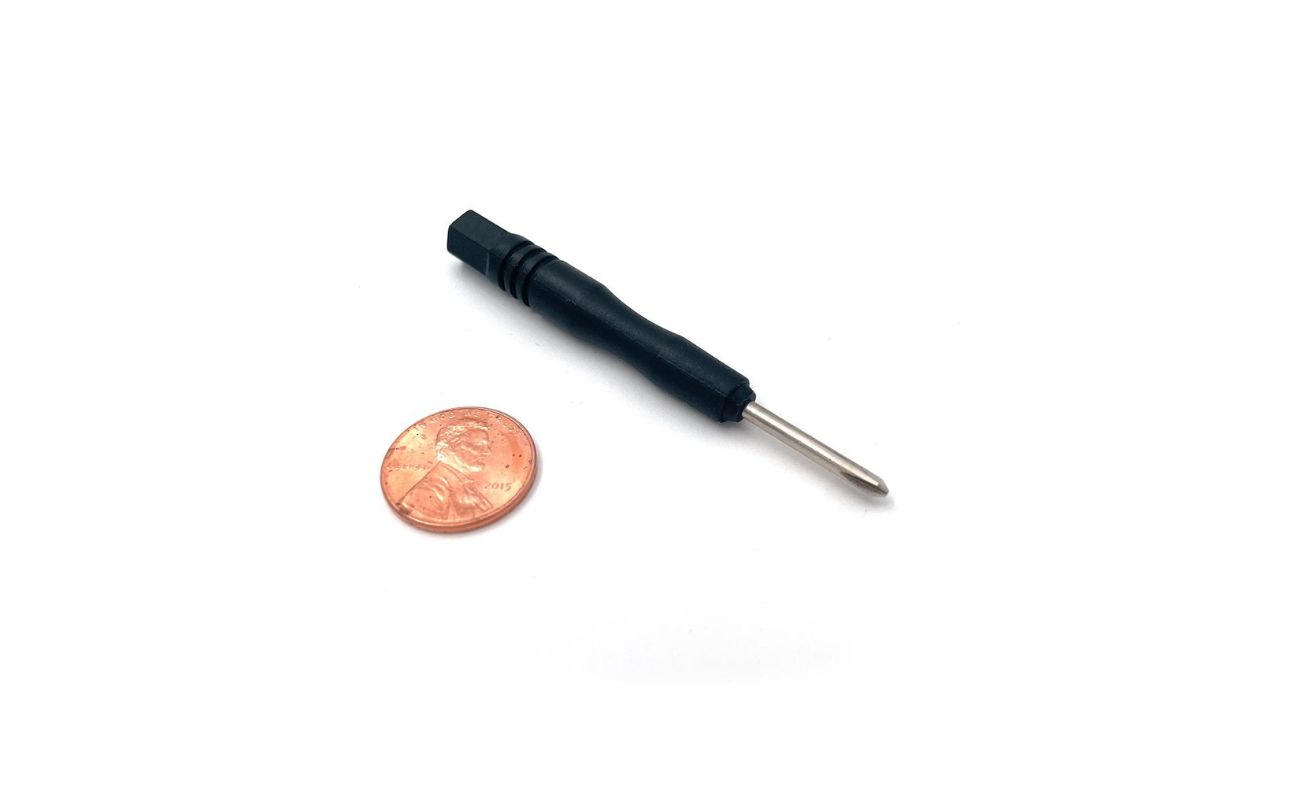
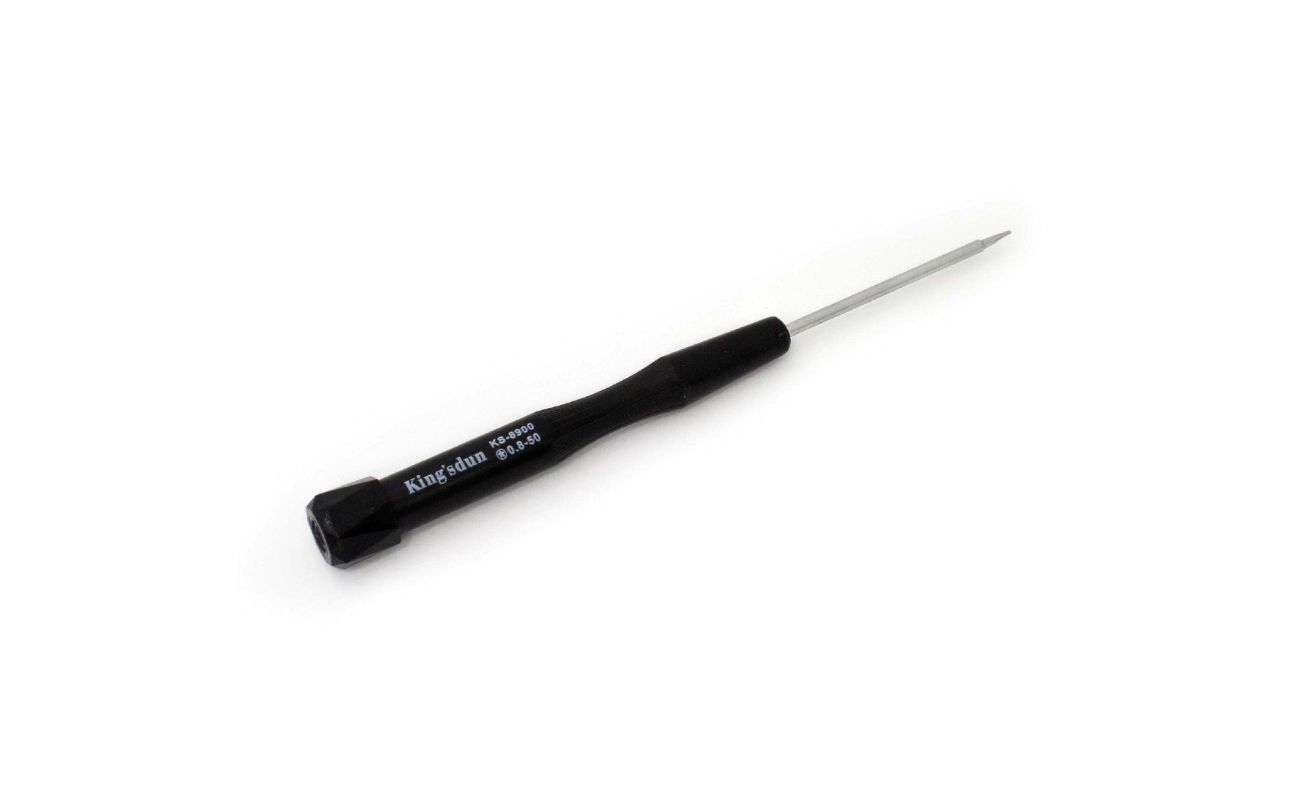
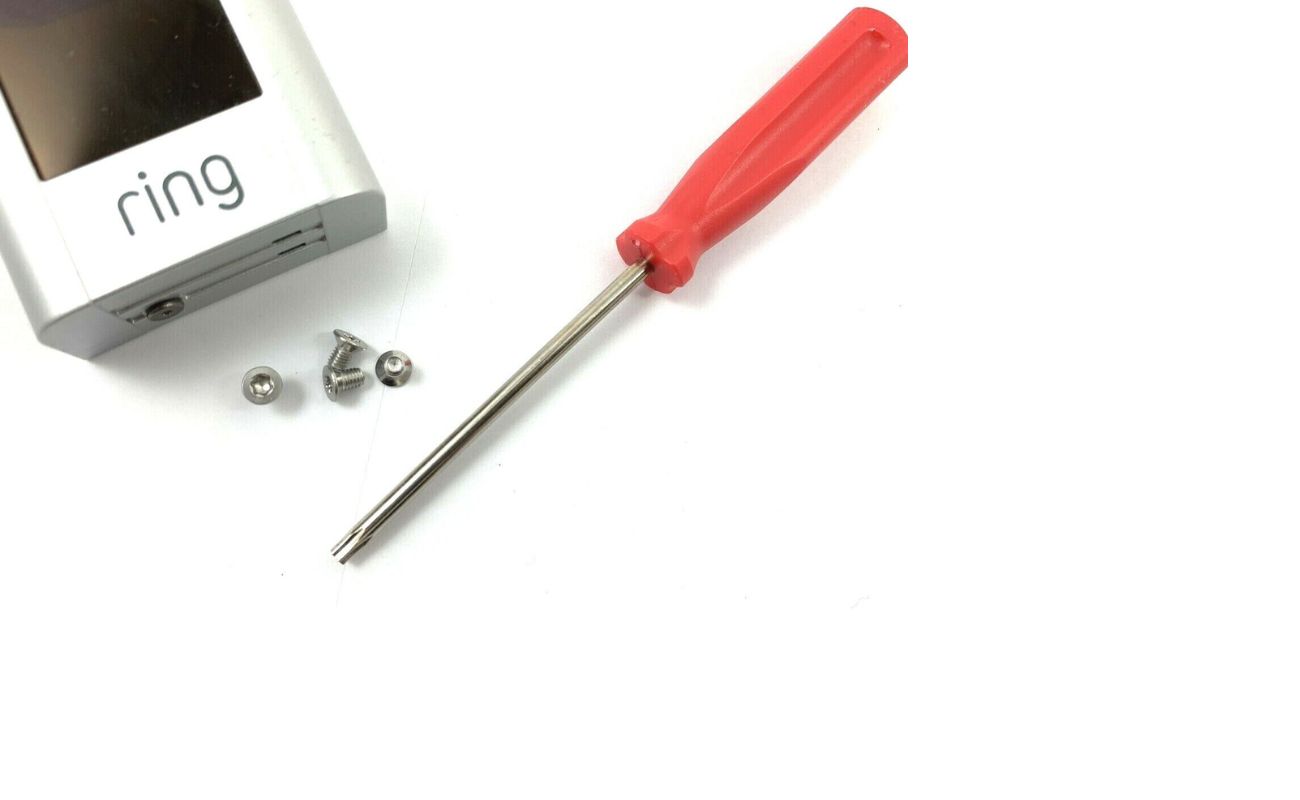
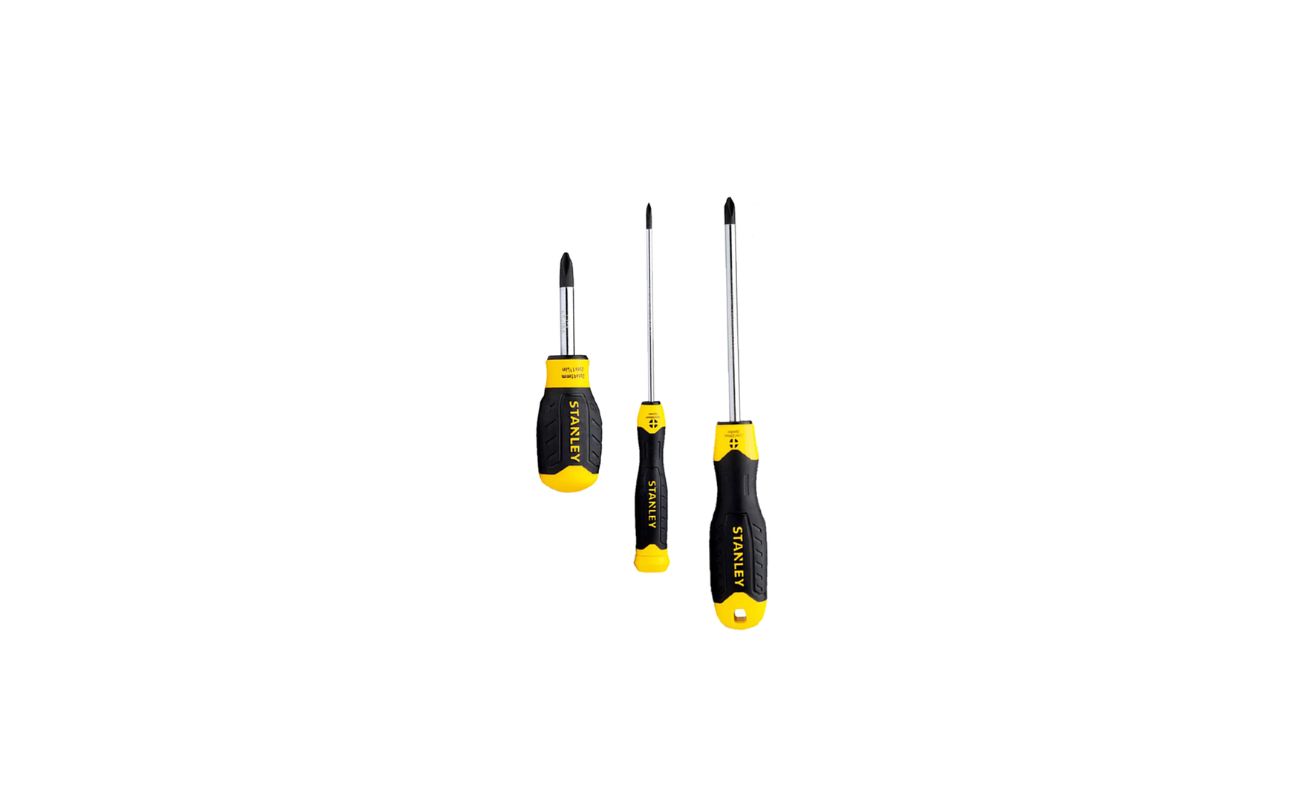
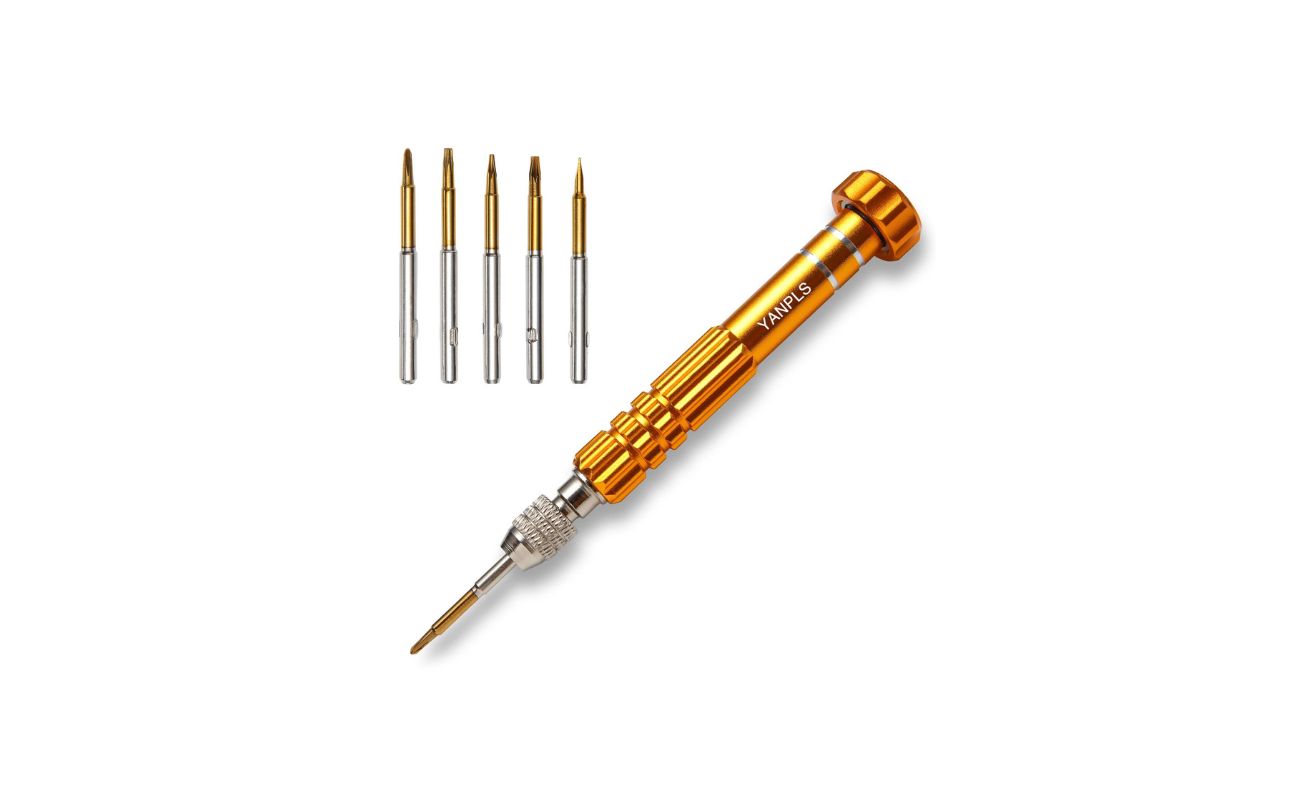
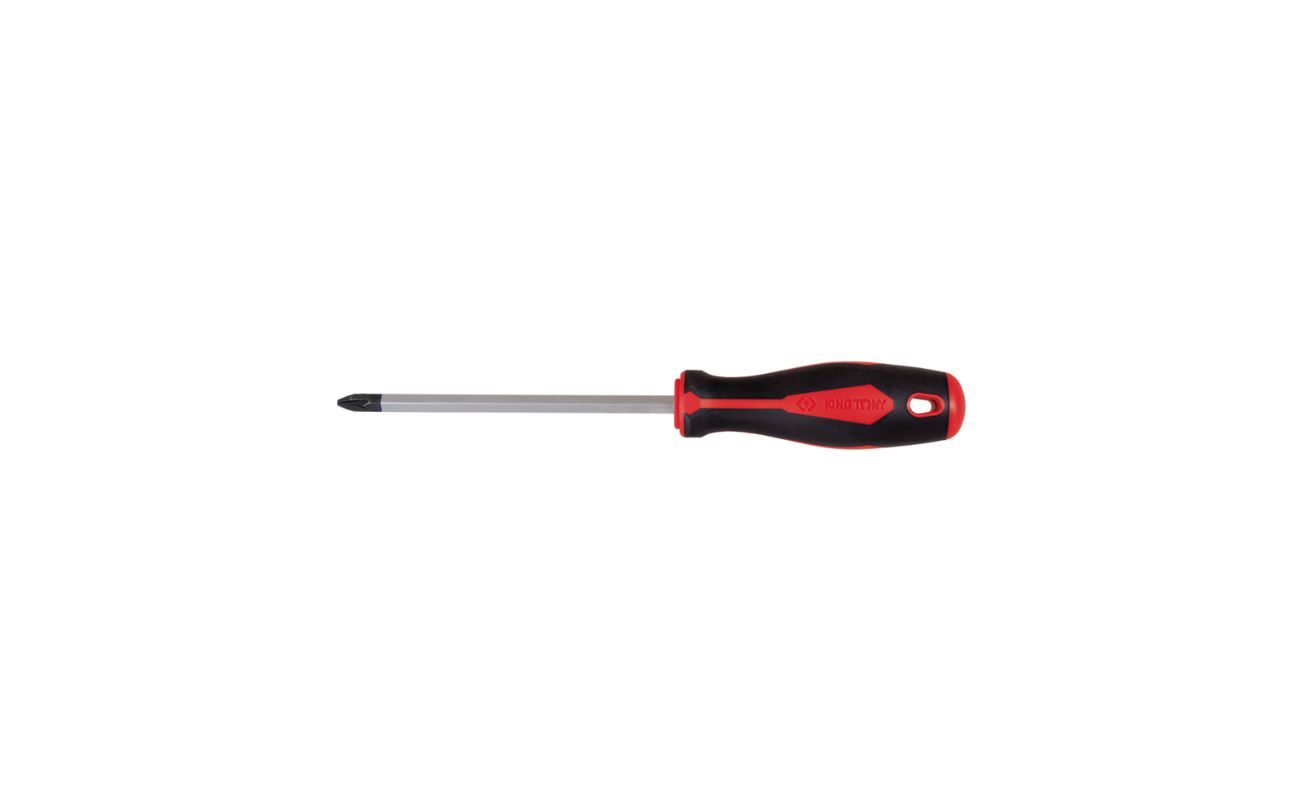
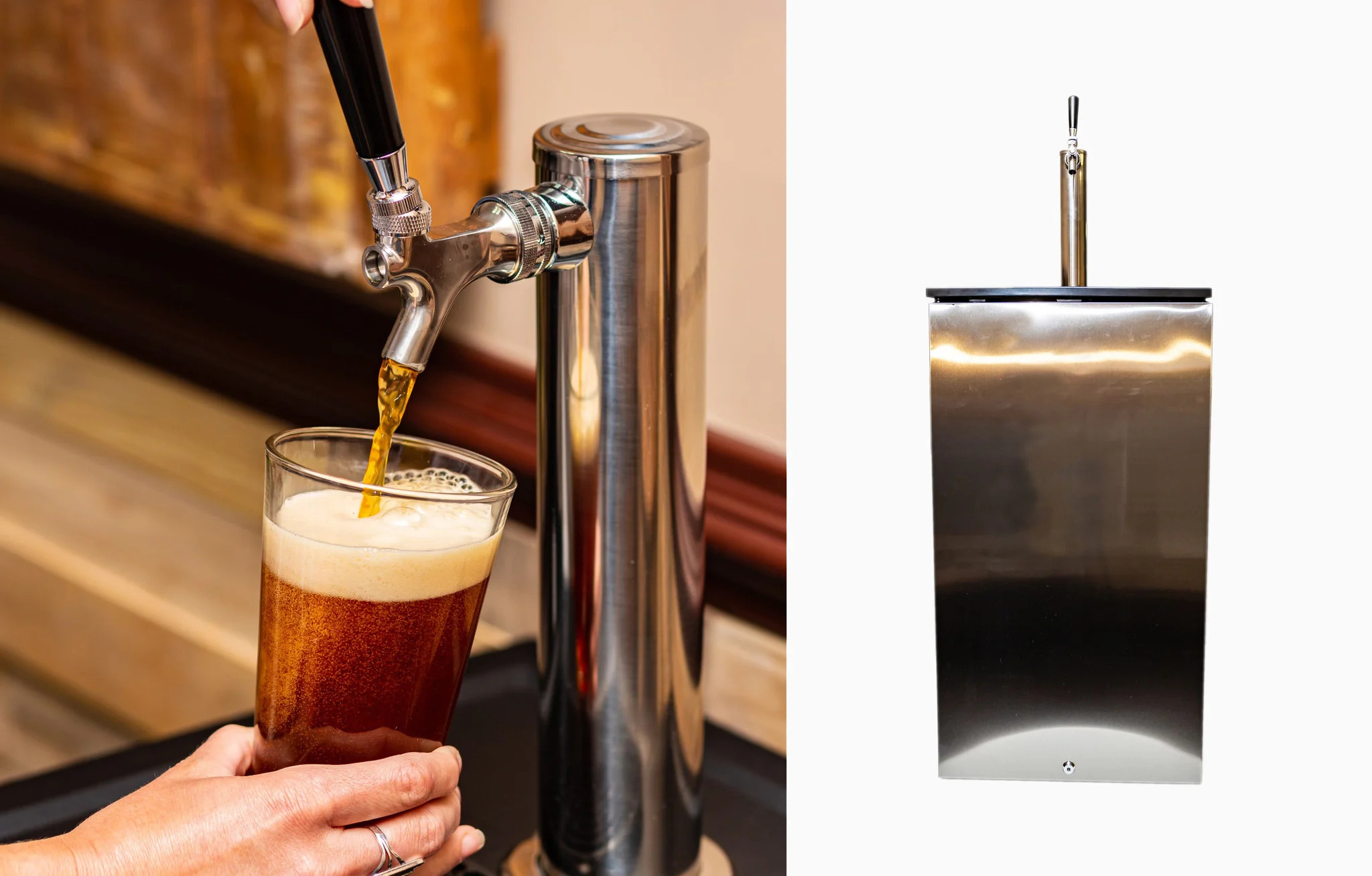
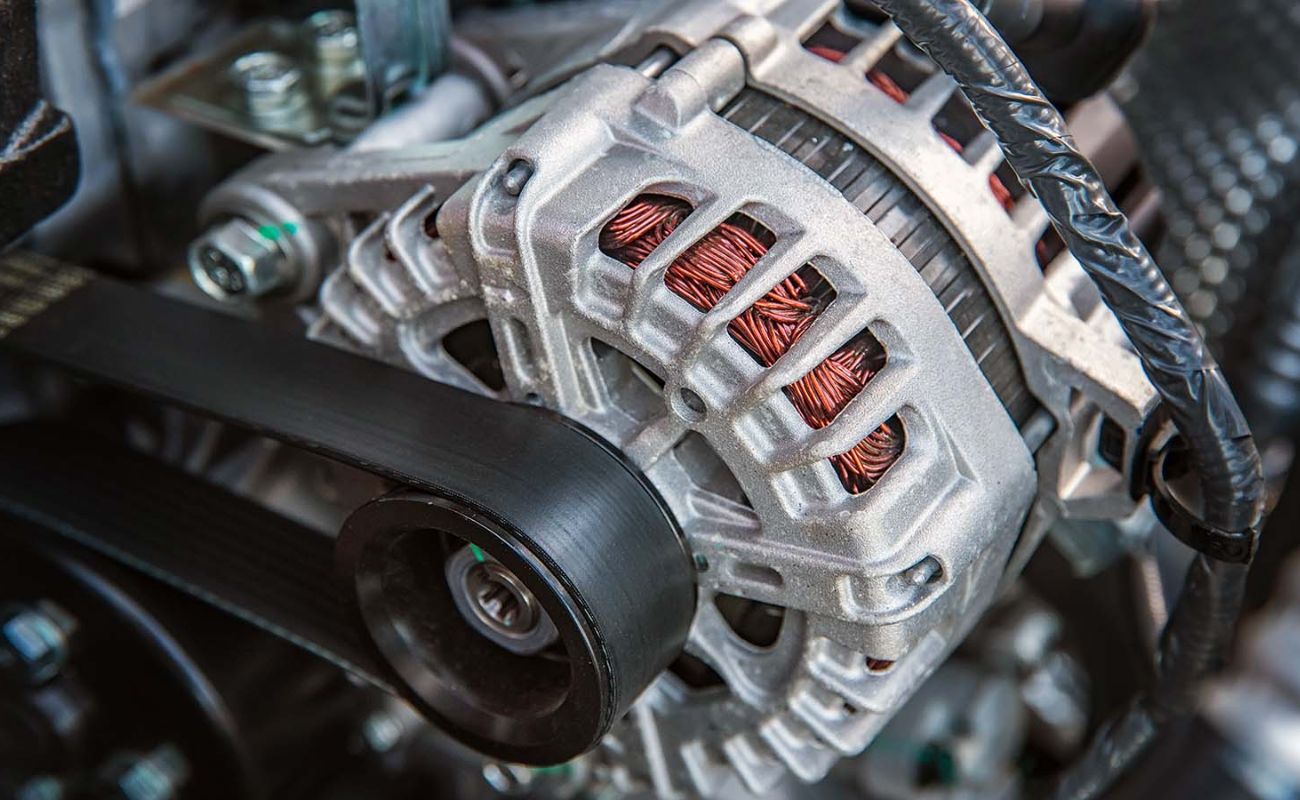
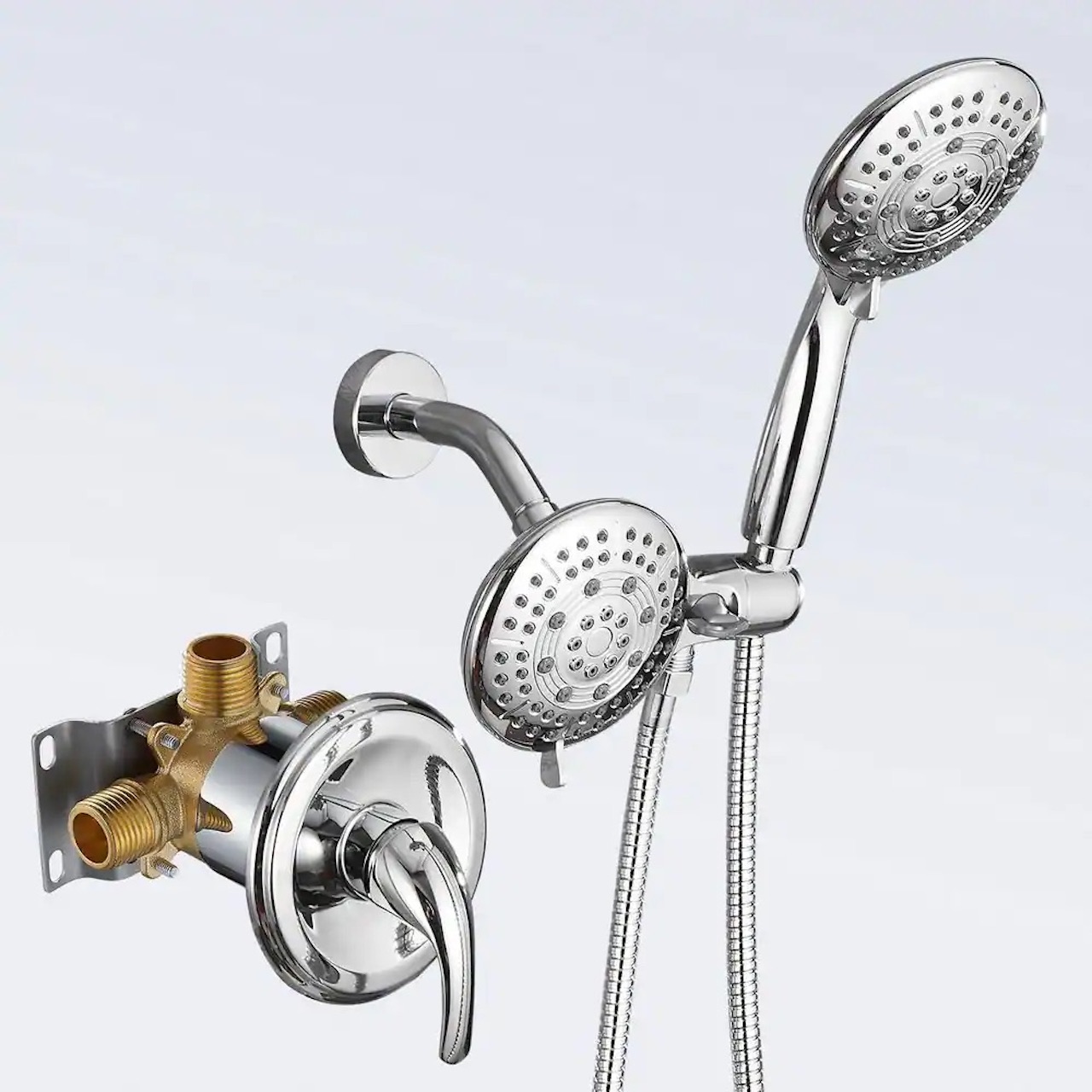


0 thoughts on “How Do You Know What Size Screwdriver To Use”